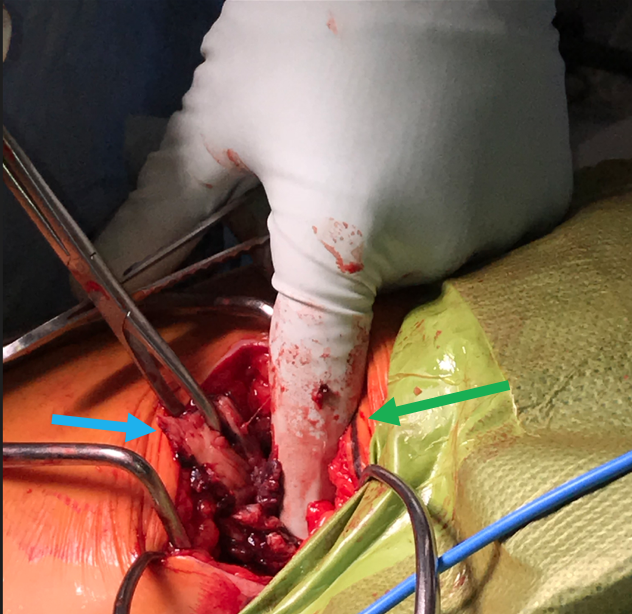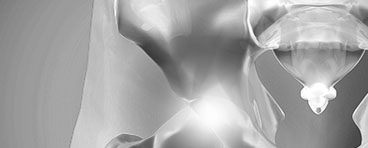Click on the links below to find out more
Hamstring Injuries (Tears/Ruptures)
Treatment
Hamstring injuries can either be treated with or without surgery, which treatment is best depends on a range of factors which are outlined below.
Description
The hamstring tendons are normally injured through powerful eccentric contraction (the muscle tightening while it is lengthening). This may occur during sprinting or hurdling, or else a fall with the leg extended (knee straight and thigh near the chest) – doing the ‘splits’. The classical mechanism is a waterskiier who falls with the knee straight in front of their body.
Types of Hamstring Injuries
- Pelvic bone avulsion: teenagers where the tendon is stronger than the bone, and the tendon pulls off part of the ischium (pelvic bone)
- Sprains/Strains: where the tendon is intact, but the microfibers may be torn (“pulling a hammy”
- Partial Tears: where the tendon/muscle has been partially torn, and some of it is still intact
- Complete Tears: where the tendon has completely torn and the two ends do not meet, the two ends of the tendon may be pulled apart (retraction)
Acute Symptoms
Symptoms of an acute hamstring tear typically involve acute pain, swelling, difficulty walking and discomfort. Sometimes there may be an audible ‘pop’, and the patient may grasp the buttock – the ‘clutch’ sign. Pain is typically felt in the buttock and travels down the leg, it is worse with sitting and patients may find it difficult to drive or be seated for prolong periods. Patients may complain of numbness or pins and needles in the back of the leg or foot, as the sciatic nerve can be frequently irritated by the tendon and haematoma (bruising). Bruising from a hamstring rupture can be extensive, and extend from the buttock down the back of the thigh past the knee.
Chronic Symptoms
Patients who have chronic hamstring tears may be completely asymptomatic (have no problems) or have significant difficulties. Problems such as

Above: surgical photo showing a hamstring tendon (blue arrow), and a gloved finger (green arrow)

Dr David Slattery
FRACS MBBS (Hons) LLB FAOrthA
Dr David Slattery is an orthopaedic surgeon based in Melbourne with over 10 years of experience, with a special focus on hip and knee joint preservation and replacement. With qualifications in both medicine and law, he brings a unique and comprehensive approach to patient care. His surgical techniques are minimally invasive and evidence-based, designed to reduce pain and enhance recovery.
Trained in leading institutions across Europe and the USA, Dr Slattery offers advanced treatments for a wide range of joint conditions. He is deeply committed to patient outcomes and takes pride in tailoring treatment plans to each individual. Whether you’re an athlete or seeking relief from chronic joint pain, his goal is to restore function and improve your quality of life.







